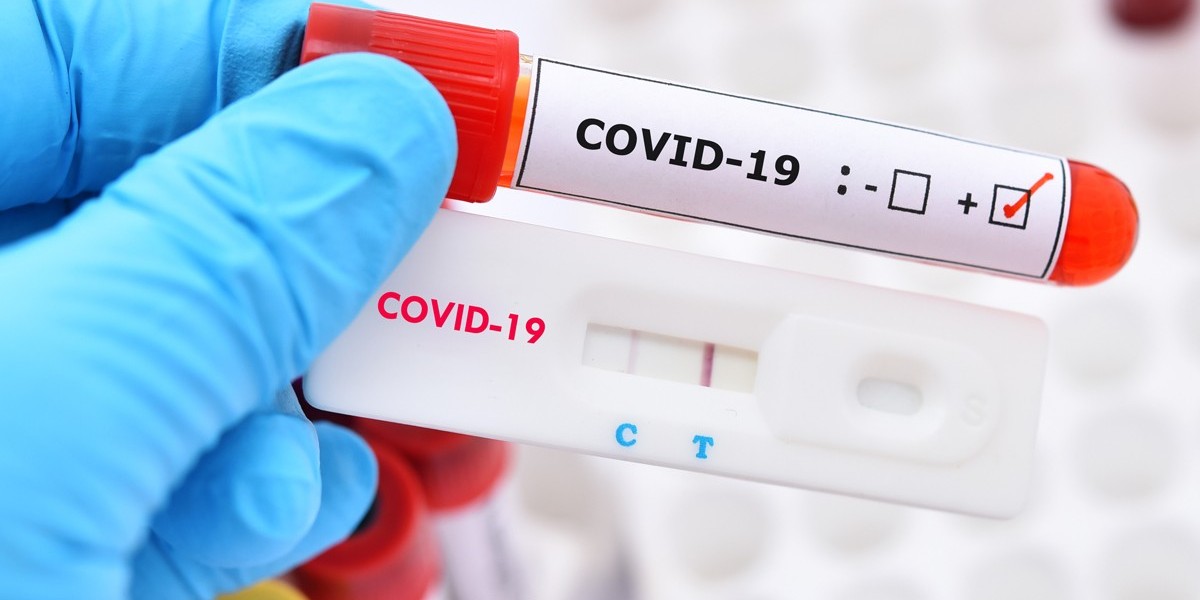In Virginia, an uncontested divorce provides a more streamlined and amicable approach to ending a marriage. Understanding the process of preparing and filing uncontested divorce papers is crucial for couples seeking a cooperative and efficient resolution to their marital dissolution.
The first step in obtaining Virginia uncontested divorce papers involves ensuring both parties meet the eligibility criteria. At least one spouse must have been a resident of Virginia for at least six months before filing for divorce. If this criterion is met, the couple can proceed to the next steps.
One of the key components of an uncontested divorce is an agreement on the terms of the divorce. This includes decisions regarding the division of assets, debts, spousal support, child custody, and child support. The couple collaboratively determines these terms and incorporates them into the uncontested divorce papers.
The uncontested divorce papers typically include a Complaint for Divorce, which outlines the basic details of the marriage, the grounds for divorce, and any mutually agreed-upon arrangements. Additionally, a Property Settlement Agreement is drafted to detail the division of marital assets and liabilities. Both parties must review and sign these documents voluntarily, indicating their mutual consent to the terms.
Once the uncontested divorce papers are prepared, they must be filed with the appropriate circuit court in Virginia. Filing fees may apply, and it is essential to ensure that all required documents are submitted accurately and in accordance with the court's rules and procedures.
After filing, the court will review the Virginia uncontested divorce papers. If everything is in order, a hearing is scheduled. In uncontested cases, this hearing is typically a formality to confirm that both parties are in agreement and that the proposed terms are fair and reasonable.
The final step involves the court issuing a Final Decree of Divorce, officially ending the marriage. This decree is a legally binding document, and each party should retain a copy for their records.
While uncontested divorces are generally more straightforward than contested ones, seeking legal guidance is still advisable. An attorney can ensure that all legal requirements are met, review the uncontested divorce papers, and provide guidance on any potential pitfalls.
In conclusion, understanding the process of preparing and filing Virginia uncontested divorce papers is vital for couples seeking a more cooperative and efficient way to dissolve their marriage. By collaboratively determining the terms and following the correct procedures, couples can navigate the uncontested divorce process with clarity and simplicity.







